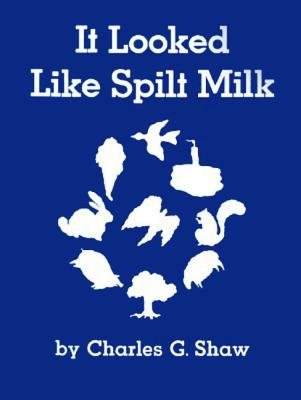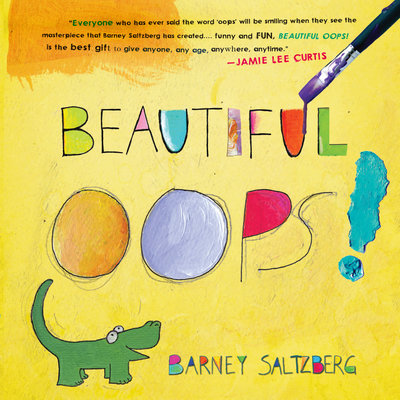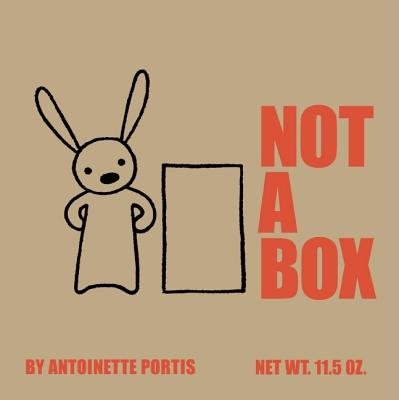3 Picture Books and Activities to Encourage Your Child’s Creative Thinking
by Kathryn Haydon
-By now, it is generally well known that children are naturally creative — which is great, as creative thinking is one of the top skills needed to thrive in today’s rapidly changing workforce. Creative thinking helps children understand themselves better and is also a lot of fun!
Yet creative thinking is not always nurtured in school. As parents, we can help encourage our kids’ creativity skills both at home and out in the world. One way to do this is with picture books. Picture books and related activities can help build skills like problem solving, ideation, and connection making. Here are three of my favorite books, each with corresponding activities, for you and your kids to enjoy.
-
It Looked Like Spilt Milk
Young children are familiar with spilled milk, and this classic book makes the connection between the amorphous shape of both milk spills and clouds. It’s a fun introduction to the cloud game — using your imagination to identify objects, animals, and characters in the puffy white things in the sky.
Activity: After reading this book, play the cloud game with clouds, puddles after the rain, or any other amorphous shapes you come across. If it’s convenient, write down your child’s answers to affirm the importance of their thoughts.
Depending on your child’s interest and ability, you can take it one step further by moving past one-word answers to work on elaboration, which is a key skill that underlies creative thinking. Instead of saying a cloud looks like a dog, say, “It’s a dog lying quietly on the carpet in the sun.” To encourage such responses from your child, ask questions like, “Ah, it’s a sea monster. What is the sea monster doing? How does it feel?”
Want to go hands-on, or do you live in Southern California where there are rarely clouds in the bright blue sky? Get a bag of cotton balls. Take a handful and drop them onto the table. What form did they take? Play with them, making different formations and naming them. You can even glue formations onto sturdy paper, title them, and make a family display or your own It Looked Like Spilt Milk book.
-
Beautiful Oops!
I am amazed at how many creativity concepts are encouraged throughout these colorful and interactive pages. Being scared to make mistakes slows the creative process, but Beautiful Oops! shows how smudges, unidentifiable lines, and spills can be the starting point for new ideas.
Activity: Give your kids a hands-on experience turning “oops” into art: Make an “oops” box, with scraps or rips of paper, cloth, aluminum foil, and other items you have around the house. You and your child can pull an “oops” from the box, think about what it could be made into, and glue it on paper as the start of a drawing. Give it an original, elaborate title when you’re done.
If your child is not a paper-and-marker kid, use sturdy “oops” like wood scraps or rips of cardboard, and provide other craft materials to create a 3D sculpture. (Inspired by The Smart Teacher).
-
Not a Box
The cardboard box is an iconic symbol of childhood creativity. The imaginative possibilities are endless, even as we practical parents want to break them down and get them into the recycling pile. Not a Box highlights the sometimes-conflict between parent practicality and a child’s rich fantasy as the young character imagines the box taking on many novel forms.
Activity: By virtue of reading it, Not a Box begs us to find a cardboard box, or an array of them, to play with. Do we want to make a fort, a snow blower, or a stuffed animal subway car? Young children may simply want to play imaginatively with the box, whereas older ones may like to have additional materials to add onto it. This might even lead to a hobby of inventing with cardboard boxes, or participation in the Global Cardboard Challenge.



